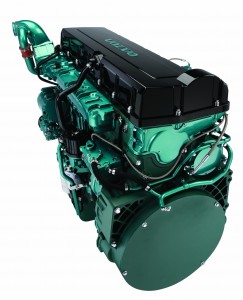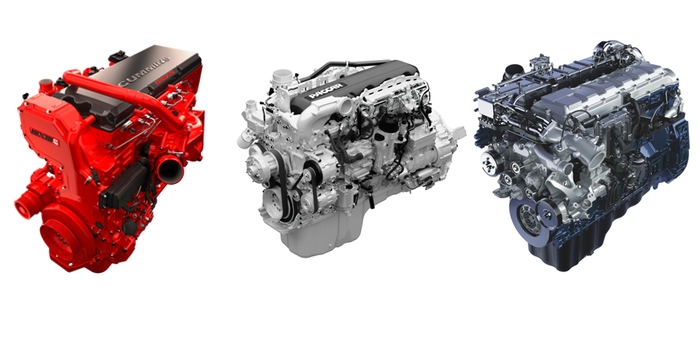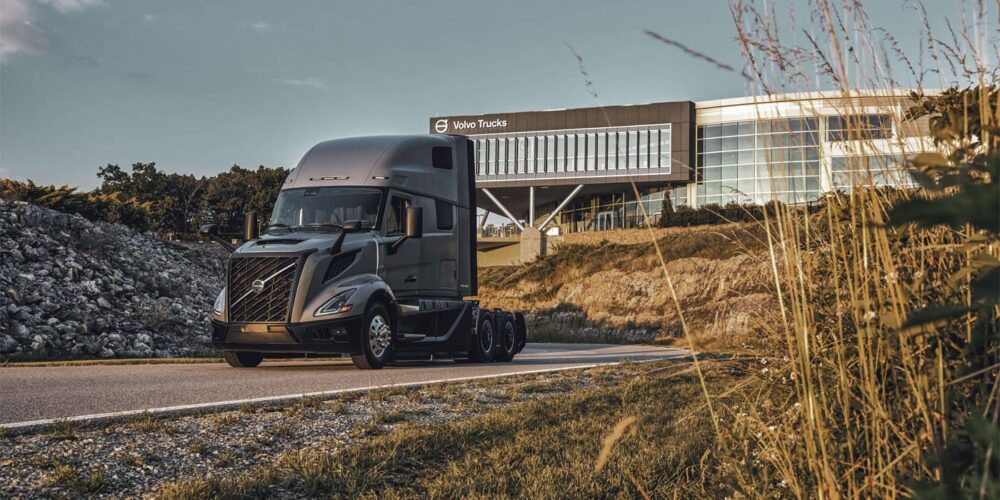In mid-June, a regulatory proposal for tighter greenhouse gas (GHG) emissions and fuel economy standards for heavy- and medium-duty trucks was announced by the U.S. Environmental Protection Agency (EPA) and the National Highway Traffic Safety Administration (NHTSA). The long-anticipated vehicle and engine standards cover all types of trucks, including large pickups, vans and buses, for model years 2021 through 2027. In addition, the proposed rules incorporate the first efficiency standards for new trailers.
According to NHTSA and EPA, the proposed “Phase 2 GHG standards” will reduce carbon dioxide emissions and fuel consumption for tractors by as much as 24 percent in 2027 compared to 2018. The agencies added that the cost of new fuel saving technology in a 2027 model would be recovered in two years or less. In particular, the regulators said that a model year 2027 tractor would cost about $12,400 more and trailers as much as $1,230 more, than those made in 2017 when current standards expire.
The new standards separate rules for engines and vehicles, an approach that some manufacturers supported while others preferred a single standard. In general, industry reaction was positive.
“Cummins welcomes the proposal with its goals to improve fuel efficiency and reduce GHG emissions, creating a win-win for both customers and the environment,” said Dave Crompton, president of Cummins Engine Business. “We are pleased that the new proposal builds upon the Phase 1 framework that aligns technological advances and industry success.”
“We are looking forward to reviewing the proposal and working with the agencies and other stakeholders to make sure both the customer and the environment benefit,” said Rich Freeland, president and chief operating officer of Cummins Inc. “We continue to demonstrate we can optimize the integration of our engines in vehicles of all types while delivering improved fuel efficiency, quality, power and cost savings for our customers.”
Minimizing impacts

The Volvo Group, while reiterating its commitment to work with EPA and NHTSA on the Phase 2 program, said in principle that it maintains that a separate engine standard is inconsistent with its interest in minimizing the real world environmental impacts of its products. A separate engine standard is at odds with the reduction of NOx, due to the natural trade-off between NOx and CO2 emissions from the engine, the company noted. They added that it “also limits manufacturers’ flexibility to meet the regulated targets for each individual customer in a way that suits their specific needs, and it incentivizes optimization for engine test cell requirements versus real world efficiencies.”
“Environmental care is a core value for the Volvo Group, and we are aligned with the federal government’s goal to reduce GHG emissions from heavy-duty trucks,” said Susan Alt, senior vice president of public affairs for Volvo Group North America. “While we will need to spend time thoroughly reviewing the details, we appreciate EPA’s and NHTSA’s outreach to the industry.”
Stu Russoli, highway and powertrain products marketing manager for Mack, pointed out that the Phase 2 regulation proposal will require significant analysis. “We support the goals of the proposed rules,” he said, “but we will need more time to fully review the proposal before we’re able to comment further.”
Navistar echoed that sentiment, saying the company “appreciated the opportunity to meet with and provide input to EPA and NHTSA during the rulemaking process, and at this time, it needs more time to review all elements of the proposed rule before commenting.
“We look forward to providing feedback going forward to ensure the rule helps drive real-world GHG reductions and fuel efficiency improvements through achievable technology advancements that provide a reasonable return-on-investment for our customers,” the company said.
Similarly, PACCAR states that they are evaluating the Phase 2 proposal. We look forward to working with EPA and NHTSA during the comment period, and developing strategies to meet the new regulations.”
(Click “Next Page” to continue reading).














